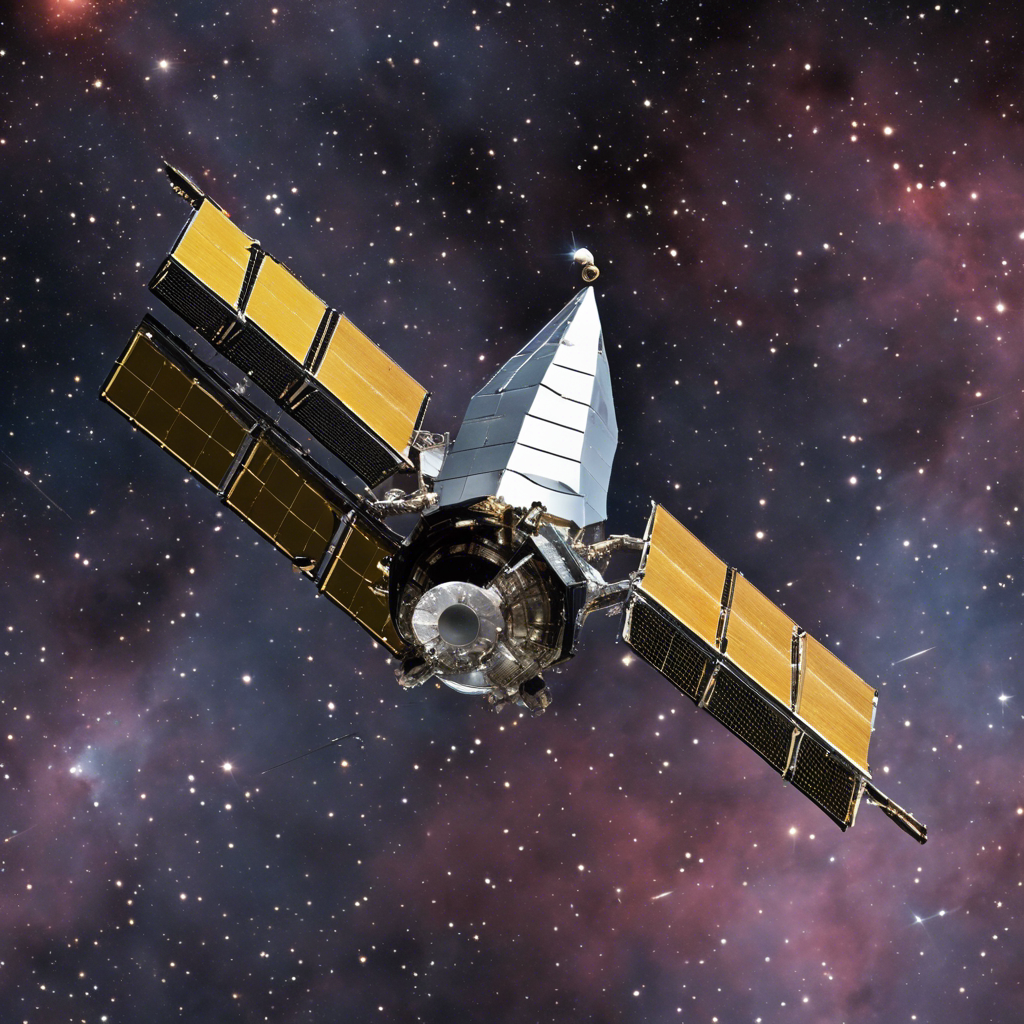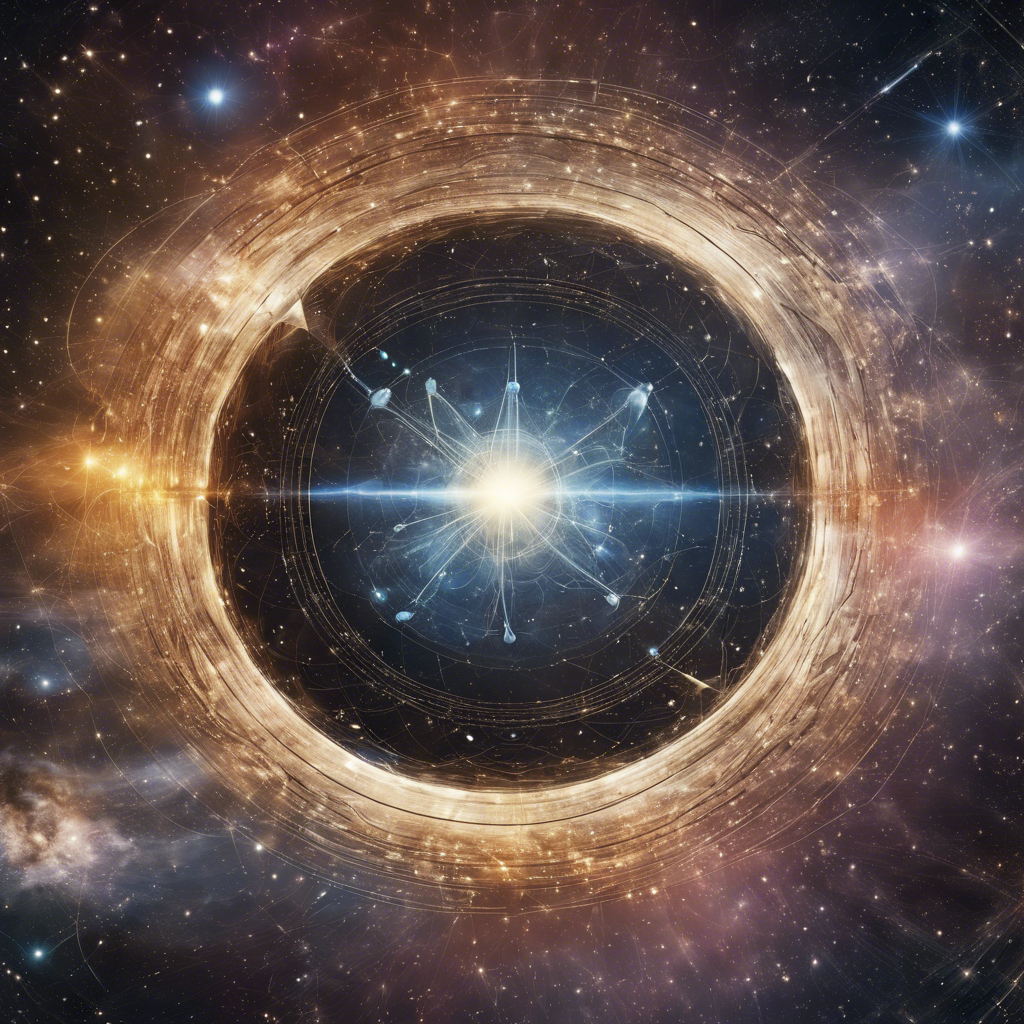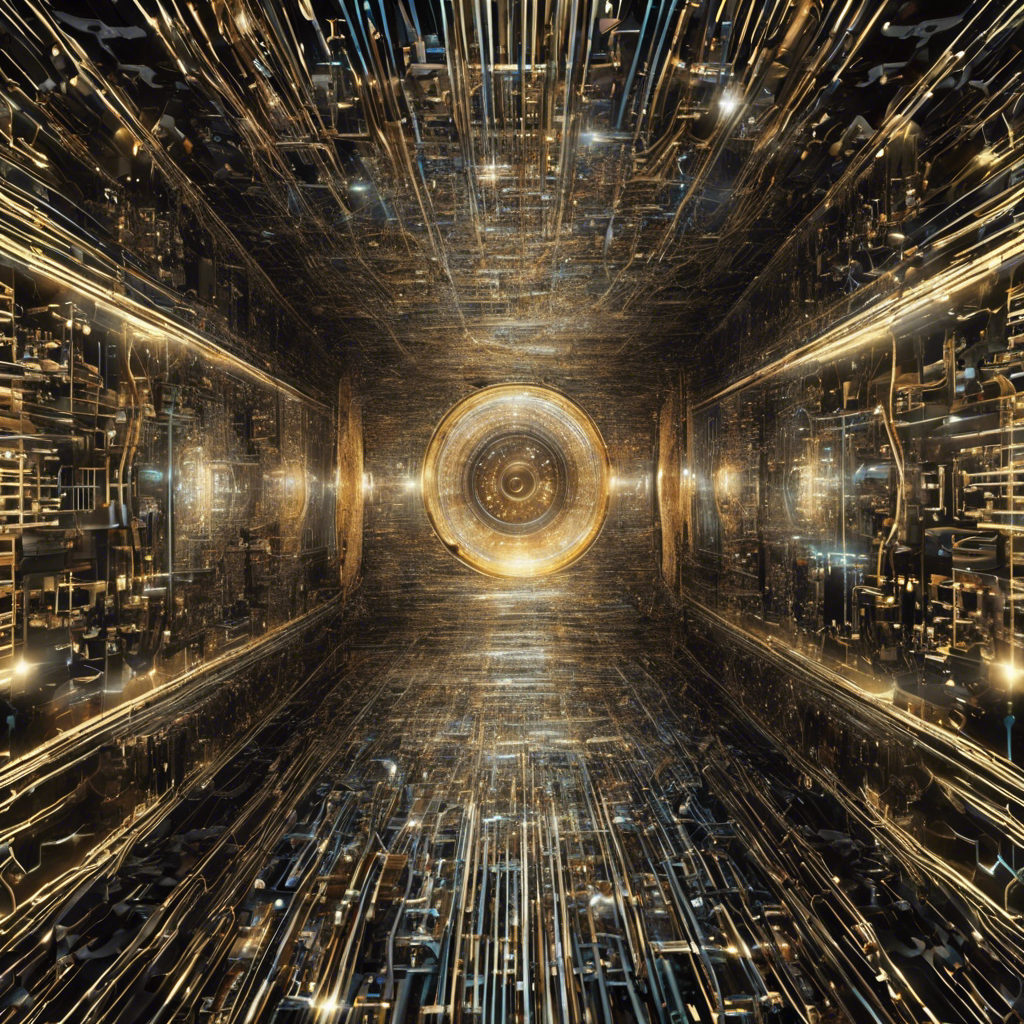New measurements from the James Webb Space Telescope (JWST) exacerbate the long-standing discrepancy in the rate of the universe’s expansion, known as the Hubble Tension.
Astronomers have been grappling with the question of how fast the universe is expanding for decades. Recent advancements in technology, including the JWST, have provided more precise measurements, but instead of resolving the Hubble Tension, they have only deepened the mystery. This article explores the implications of the JWST’s findings and the challenges they pose for our understanding of cosmology.
The Hubble Tension and the Quest for Precision
Astronomers have employed various methods to determine the rate of the universe’s expansion, known as the Hubble Constant. Initially, these measurements came with wide uncertainties, but as instruments improved and more sources were studied, discrepancies emerged. The Hubble Tension refers to the persistent inconsistency between different measurements of the Hubble Constant, casting doubt on our understanding of the universe’s evolution.
The JWST and High-Precision Measurements
The JWST, with its advanced capabilities, was expected to provide more accurate measurements of the distance to far-off galaxies, potentially resolving the Hubble Tension. However, the telescope’s findings have aligned with previous measurements, exacerbating the discrepancy. The JWST’s ability to measure the distance to galaxies with greater precision than any other instrument has reinforced the validity of previous observations.
The Significance of Cosmic Speed Limit Signs
The Hubble Constant, often referred to as the cosmic speed limit, determines the rate at which the universe is expanding. Professor Adam Riess, a Nobel laureate in Physics, explains that astronomers “read” this sign in the brightness of certain stars in distant galaxies. By measuring the distance to these stars and the redshift of their galaxies, scientists can calculate the expansion rate of the universe.
Type Ia Supernovas and Cepheid Variables
Riess, along with his colleagues, won the Nobel Prize for their measurement of the universe’s accelerating expansion using Type Ia supernovas. However, these supernovas are rare and require precise timing to observe. Cepheid variables, on the other hand, are more abundant and provide an alternative method for distance measurement. Their brightness correlates with their expansion and contraction rate, offering valuable insights into the scale of the universe.
Calibrating Supernova Measurements with Cepheid Variables
Cepheid variables, although less bright than supernovas, can be used to calibrate supernova measurements in nearby galaxies. The JWST’s ability to detect Cepheid variables at wavelengths where they can be distinguished from ordinary stars has provided additional precision. By observing over 320 Cepheids in galaxies like NGC 4258 and NGC 5584, the JWST confirmed the accuracy of Hubble’s measurements. However, these findings deviate from predictions based on the cosmic microwave background.
Unraveling the Hubble Tension
Despite the JWST’s confirmation of Hubble’s precision, the Hubble Tension remains unresolved. Riess suggests that this discrepancy may indicate the presence of exotic dark energy, exotic dark matter, a revision of our understanding of gravity, or the existence of a unique particle or field. This cosmic conundrum challenges scientists to reconsider their current understanding of the cosmos.
Conclusion: The JWST’s confirmation of the Hubble Tension highlights the complexity of our universe. Rather than providing a definitive answer, the telescope’s findings deepen the mystery surrounding the rate of the universe’s expansion. The search for a resolution continues, pushing astronomers to explore new theories and possibilities. As Shakespeare once wrote, there are more things in heaven and Earth than are dreamt of in anyone’s philosophy. The quest to unravel the secrets of the cosmos remains as captivating as ever.
Advertisement Advertisement











